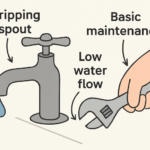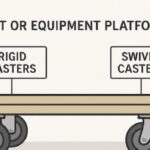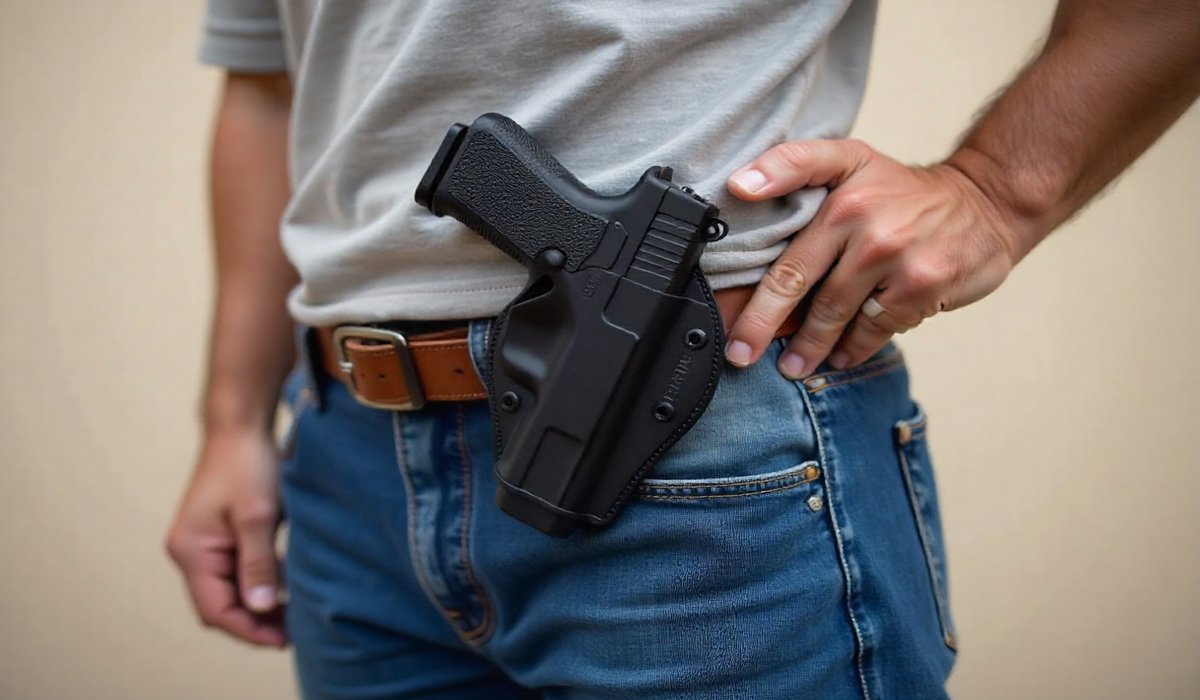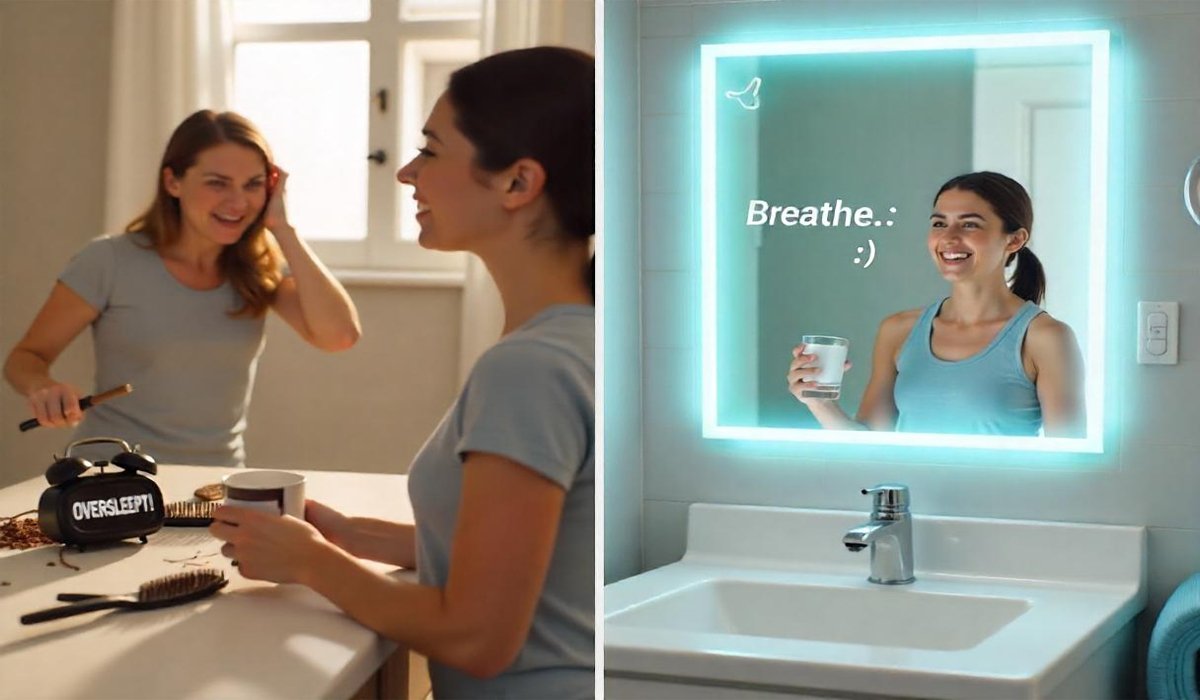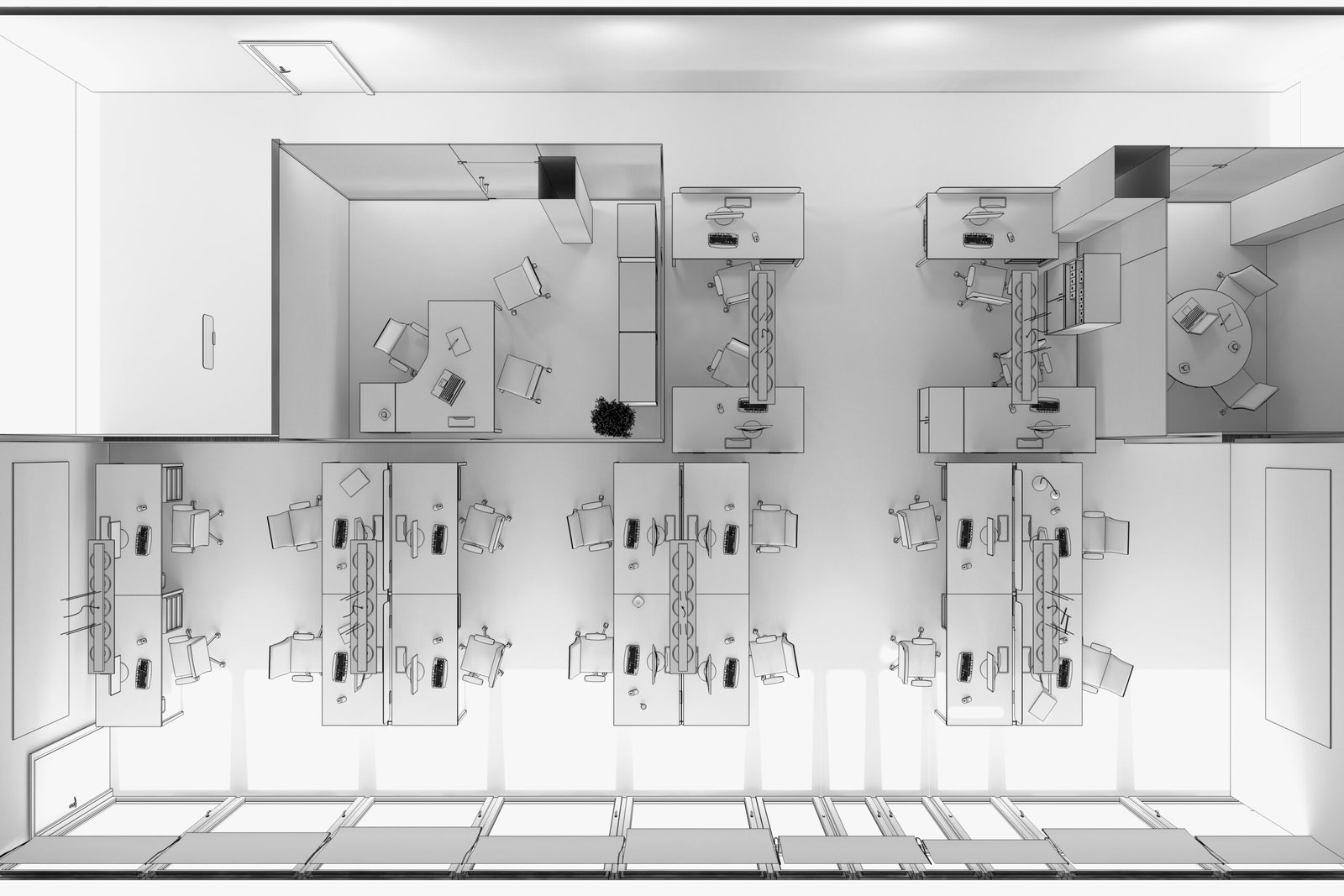Key Takeaways
- Lightweight holsters can dramatically improve daily carry comfort and user confidence.
- Material choice, design, and fit are crucial in a holster’s performance.
- Proper holster selection enhances both convenience and concealment.
- Technology continues to influence innovations in holster manufacturing, offering more tailored options.
- Routine training and safe handling are essential for responsible concealed carry.
Why Lightweight Holsters Matter for Everyday Users
Carrying a firearm daily involves a significant responsibility, often complicated by physical discomfort. Lightweight holsters have grown in popularity because they reduce pressure points, decrease fatigue, and integrate smoothly into daily clothing. This enhances the safety and manageability of concealed carry, thereby increasing user confidence. Fobus holsters strike a great balance between concealment and dependability, with designs that emphasize lightweight and streamlined features. This trend is increasingly favored by both professionals and ordinary individuals, showing that improvements in holster design are making benefits once exclusive to law enforcement or tactical specialists accessible to more people. As a result, many carriers can stay safe and comfortable, no matter their job or lifestyle.
Materials That Make a Difference
Holster materials have advanced considerably, evolving from traditional leather to modern synthetics like polymers and high-strength thermoplastics such as Kydex. These lighter holsters are less bulky and more resistant to heat, humidity, and daily wear. They maintain their shape under pressure, securing the firearm during movement and quick draws. Modern materials are hypoallergenic, reducing the risk of skin irritation, and do not absorb sweat, enhancing comfort and durability. Transitioning from leather to synthetics lowers routine maintenance, allowing users to concentrate on safe handling rather than cleaning or oiling their gear. Overall, they are a smarter, more practical choice for daily carry.
Design Features That Set Lightweight Holsters Apart
Style and functionality are combined in lightweight holster designs, which include adjustable retention and cant for safe handgun handling and rapid deployment under duress. Concealment holsters stay thin and strong for repeated usage while reducing printing and thickness. While streamlined clips and low-profile belt loops enhance concealment, built-in sweat shields and curved edges avoid skin discomfort and moisture accumulation. Users may quickly adapt during the day by simply switching holsters between various belts, waistline placements, and clothes. These slim and durable holsters are perfect for daily use, minimizing bulk and enabling quick, smooth draws.
Concealment and Comfort: Tips for All-Day Wear
Choosing the right holster is essential for reliable carry, a vital part of personal safety routines. Good holsters distribute pressure evenly, helping to prevent hot spots during extended wear. Attachment options like metal belt clips or ultra-secure loops keep the holster in place, and adjusting cant and ride height can improve draw speed and concealment with different clothing. A well-designed, lightweight holster allows users to forget they’re wearing it, which is a big help in building a consistent everyday carry habit. Small features like soft lining or protective pads can make a big difference, especially for those with sensitive skin or who carry inside the waistband.
Safety Is Always First
Prioritize a holster’s safety features regardless of its design. The trigger guard is essential, serving as a physical barrier to prevent accidental discharges during movement or reholstering. High-quality lightweight holsters include reliable retention devices such as friction locks or pressure points to keep the firearm secure during intense activity. Before selecting a model, read user reviews and look for common issues. Real-world experience can uncover flaws that aren’t obvious from product descriptions. Test the holster with your firearm in a safe environment to check fit and retention. This promotes responsible firearm ownership and keeps you and others safe.
How Technological Advancements Are Shaping Holster Options
Recent years have seen a surge in holster innovation, with technology playing a crucial role. Precision molding, achieved through advanced computer-aided design (CAD) and injection-molding methods, produces holsters tailored to specific firearm models, ensuring a “perfect fit” right out of the box. Some of the latest designs even feature moisture-wicking linings, antimicrobial coatings, or reinforced hardware to withstand constant wear and tear.
As shooting sports and self-defense communities continue to expand, research and development have led to holsters that are lighter, more reliable, and even environmentally friendly. The ability to personalize your holster with modular attachments—such as magazine carriers or alternative belt clips—allows users to enjoy a truly customized experience. With numerous options accessible, selecting a holster that combines practicality for everyday use and versatility for any scenario is now simpler than ever.
Final Thoughts: Making an Informed Choice
Lightweight holsters have revolutionized everyday carry for responsible firearm owners across all walks of life. Their blend of innovative materials, thoughtful design, and safety-minded engineering empowers carriers with a newfound sense of comfort and confidence. Take the time to test several models, pay attention to the features that matter most for your needs, and stay current on technological improvements. The right holster will support an effective daily carry habit, allowing you to prioritize both your safety and peace of mind every single day.





